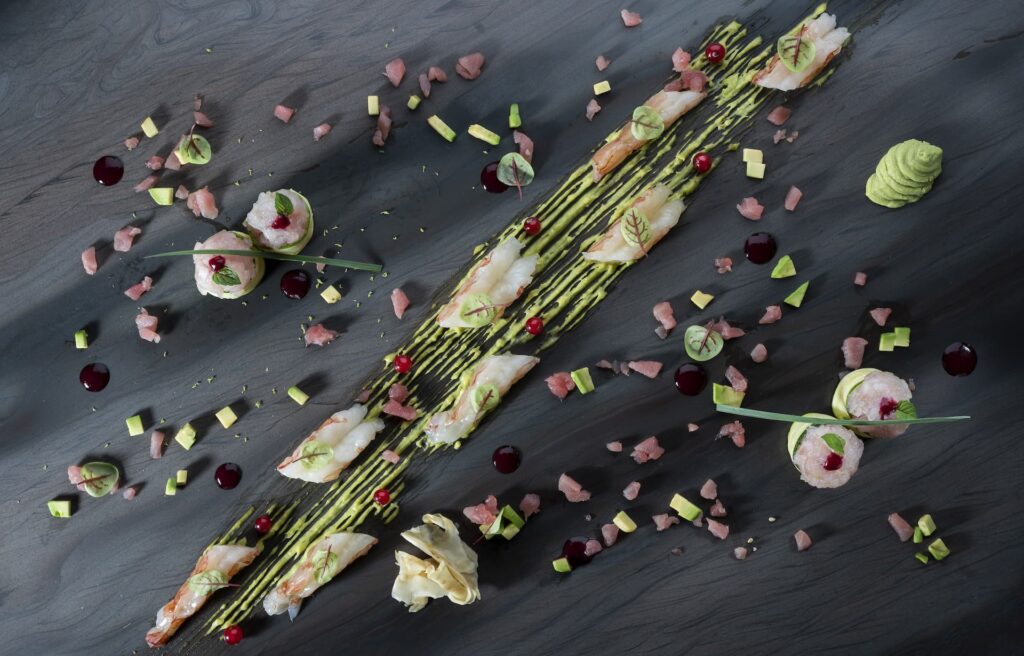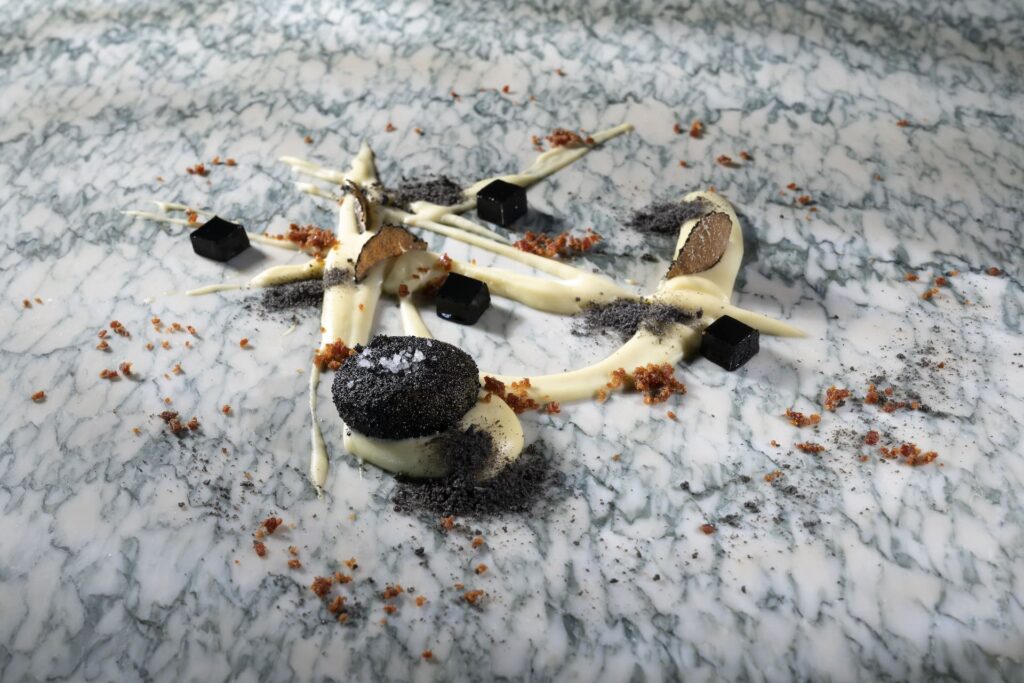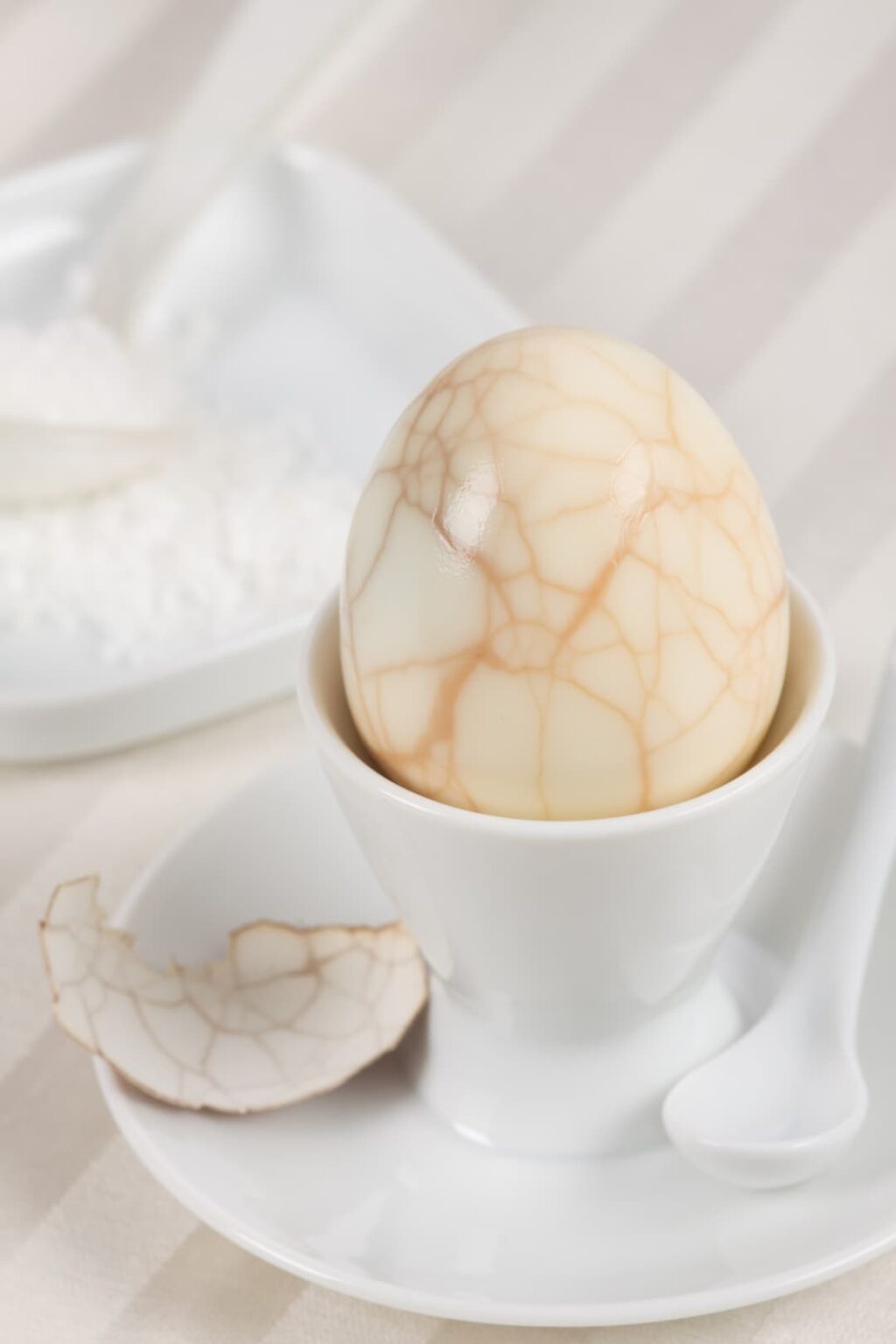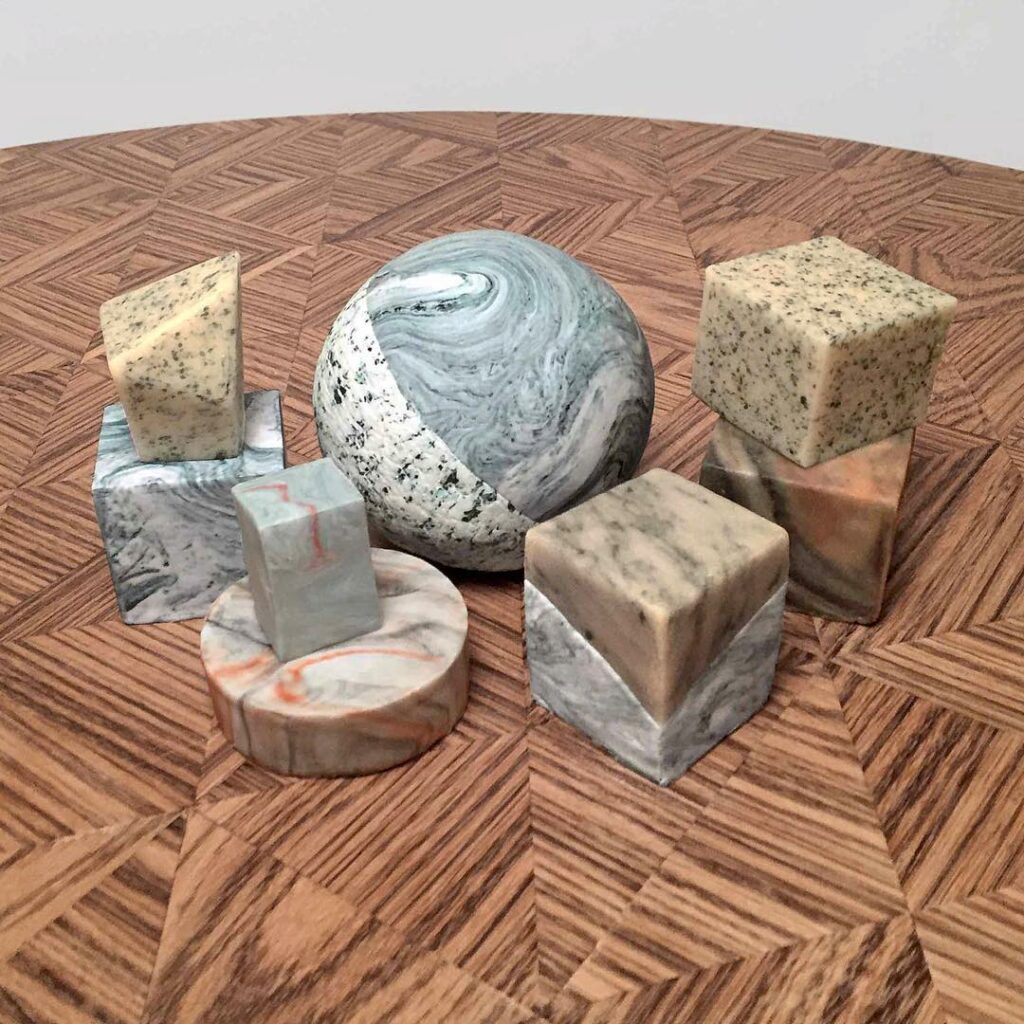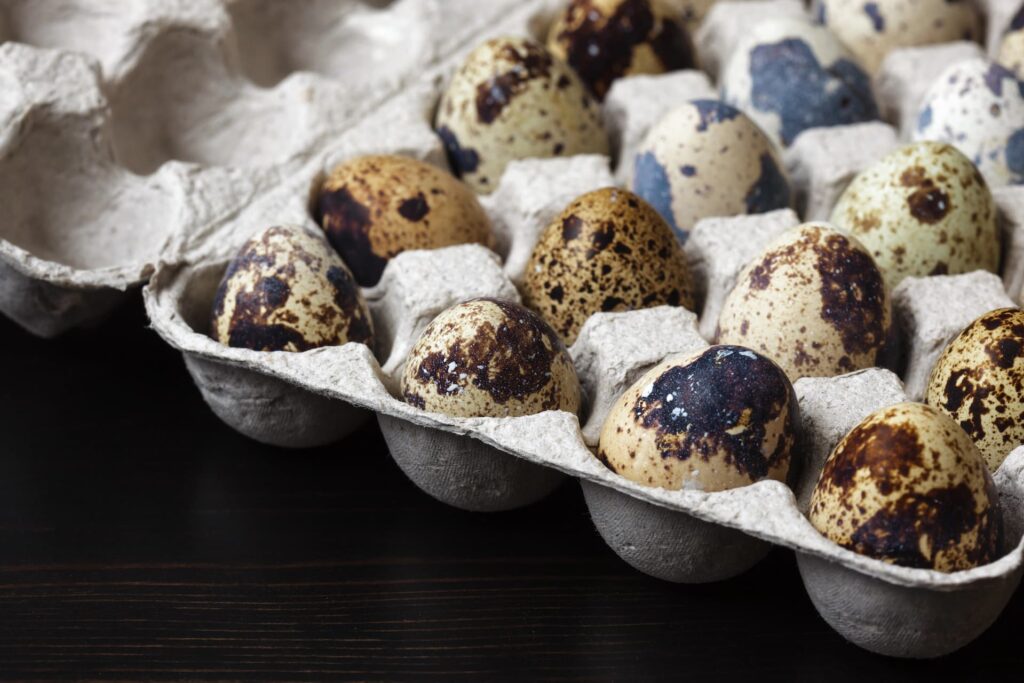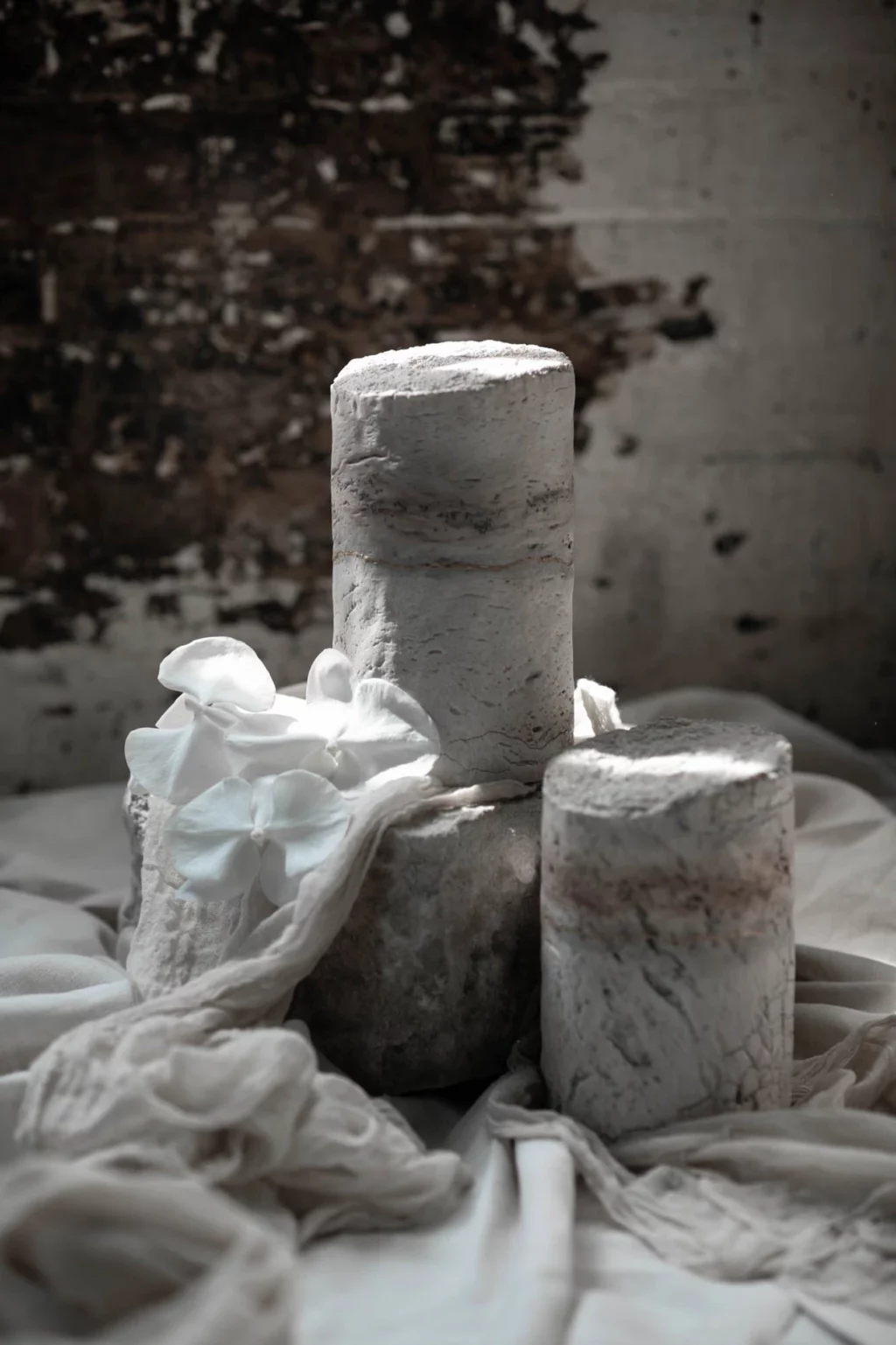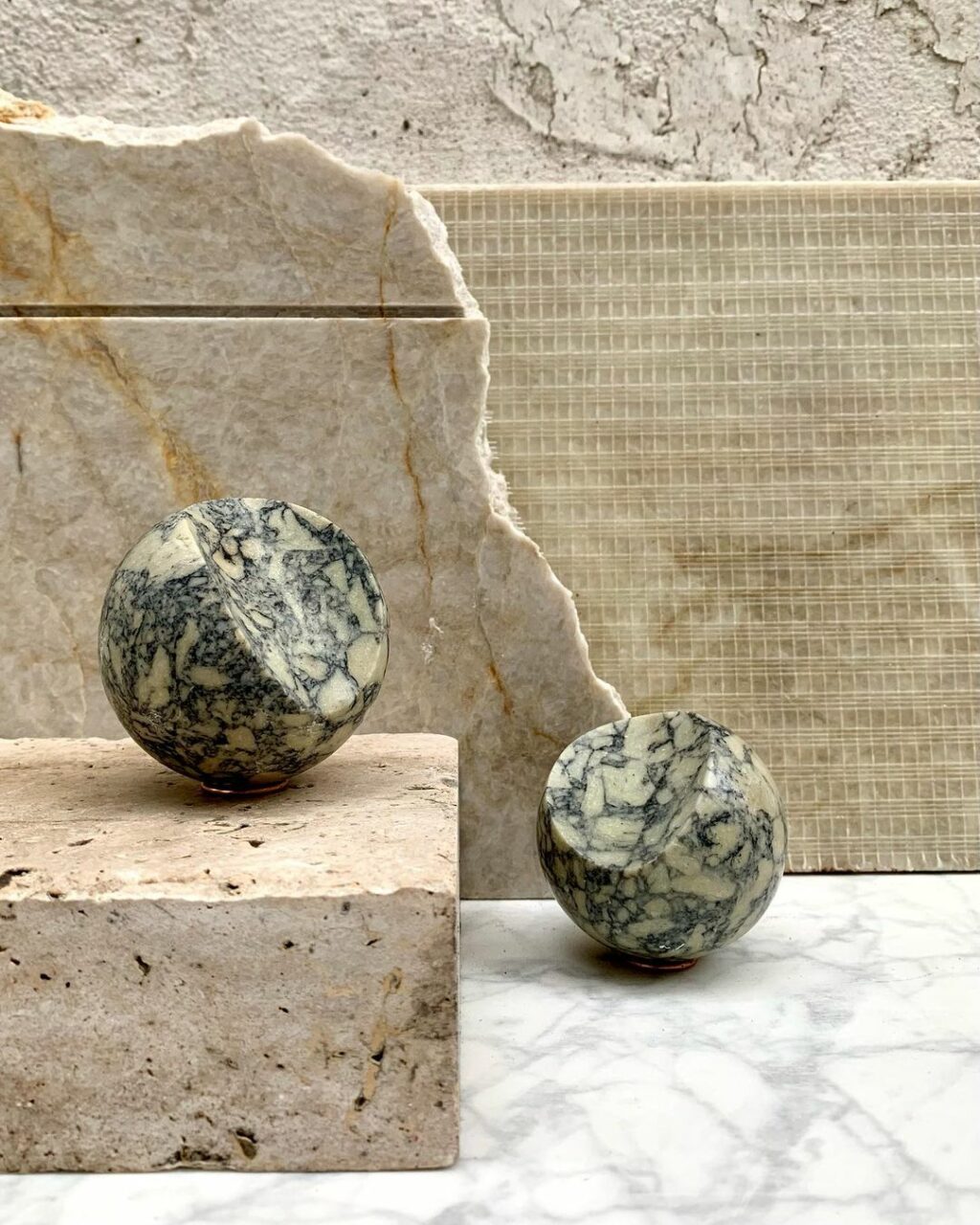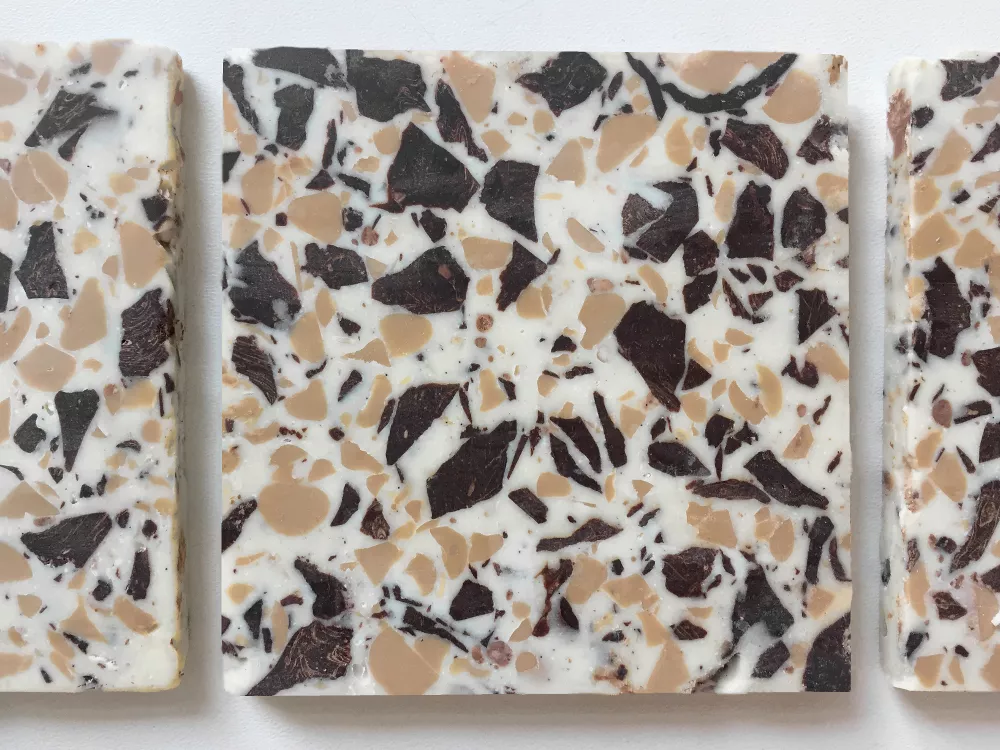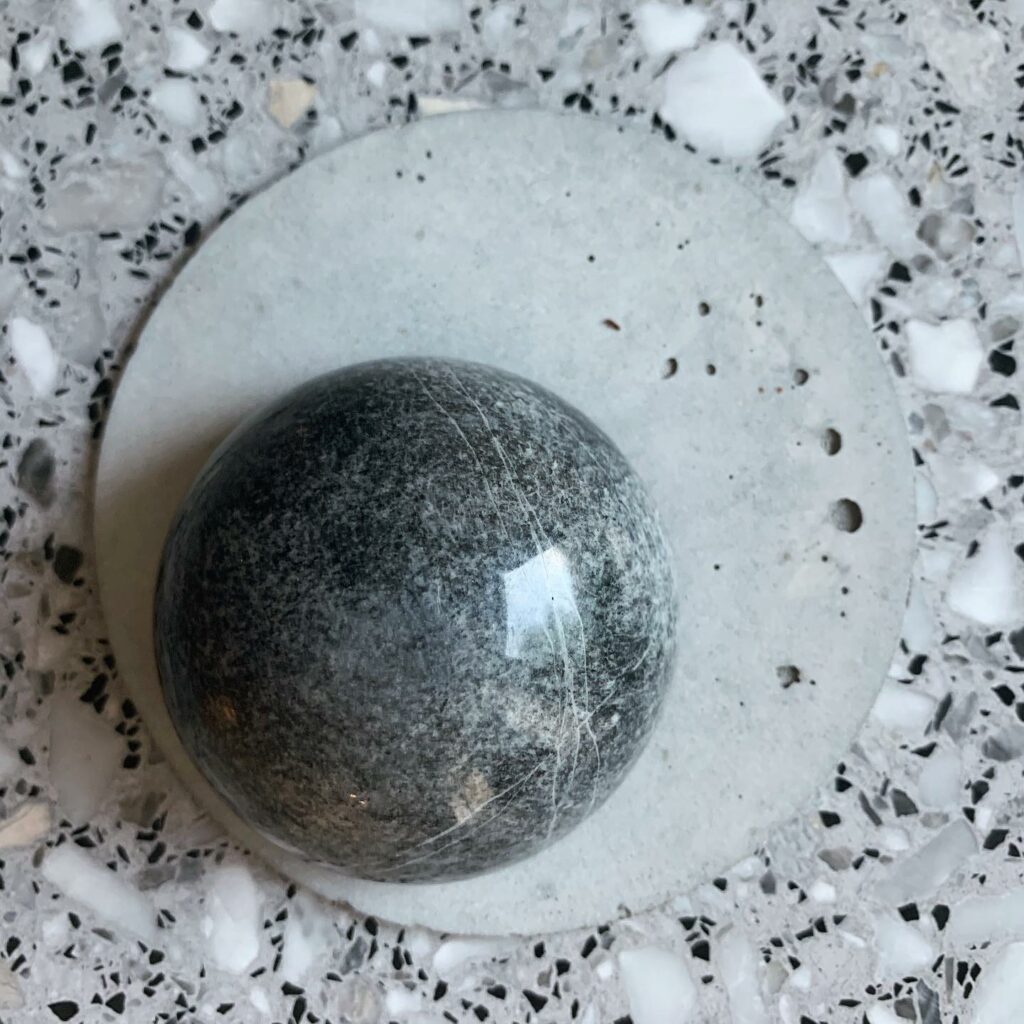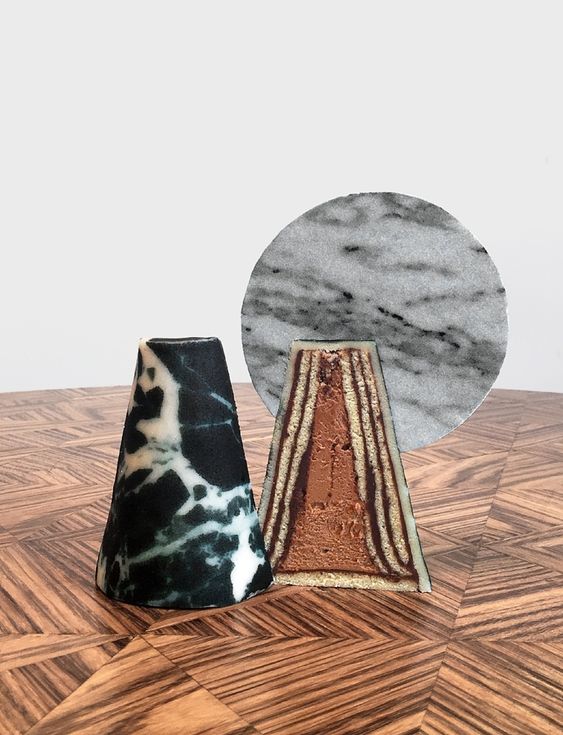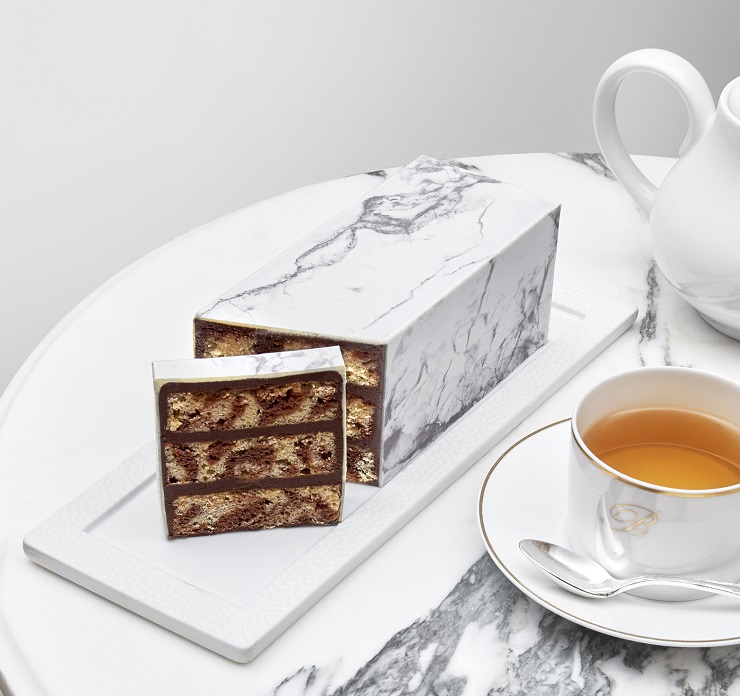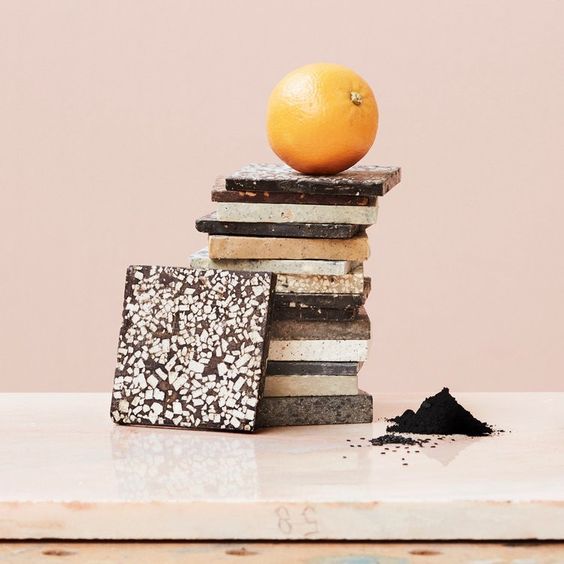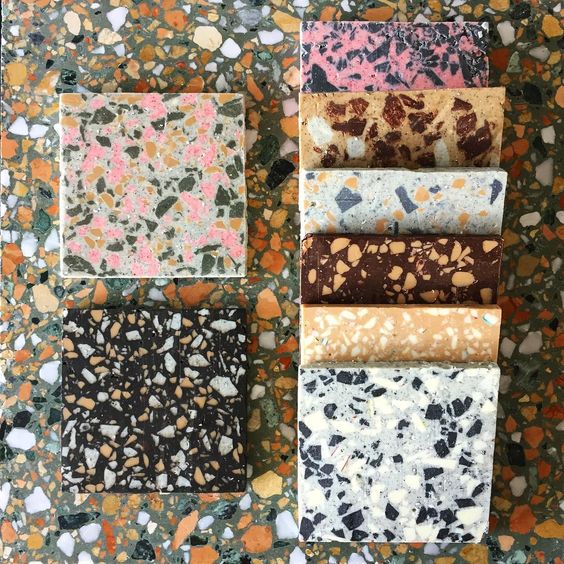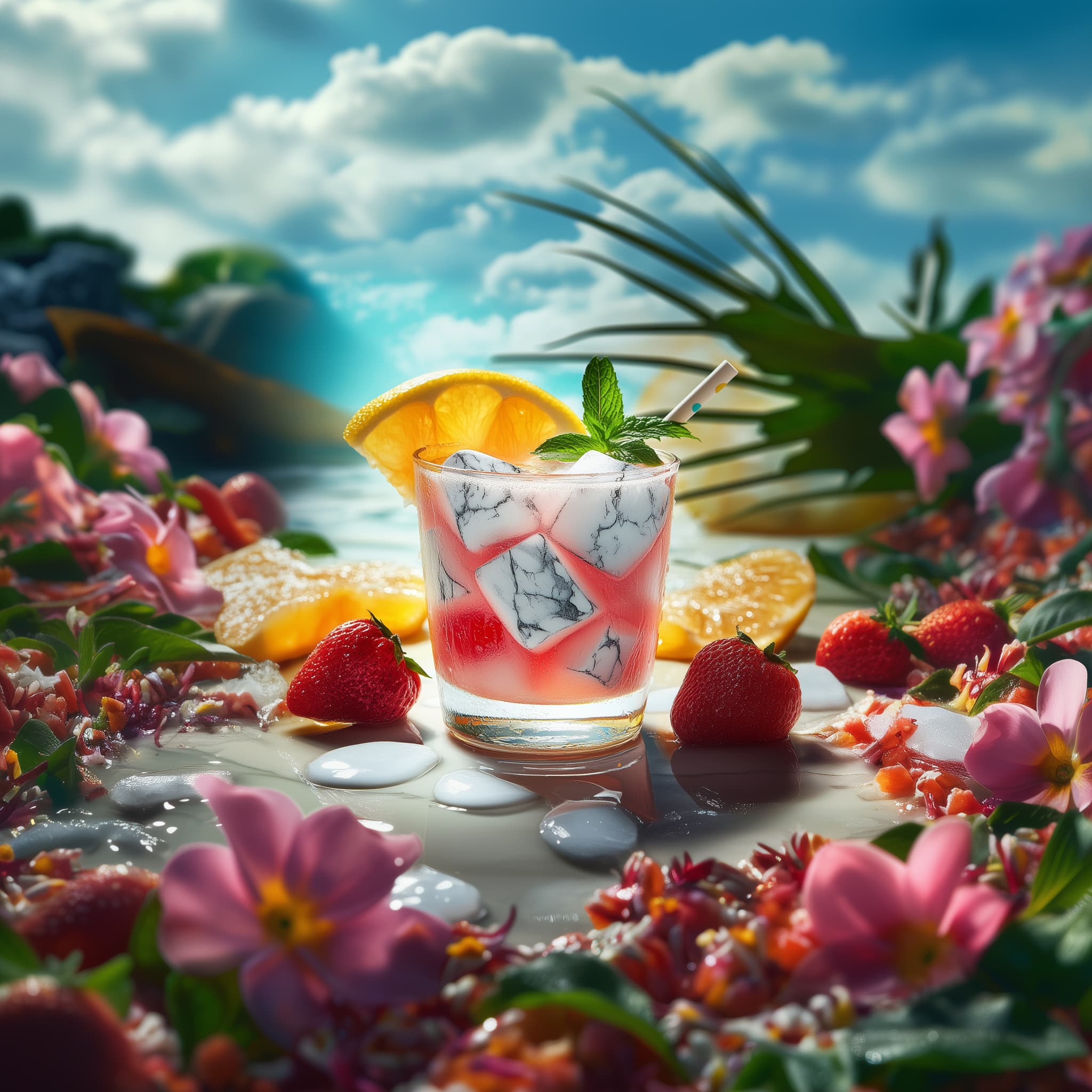Marble: A Cool Ally for Summer
Imagine the pleasant touch of a marble surface on a hot summer day. Marble's natural coolness makes it the perfect material for summer when the blazing sun has us seeking any possible relief.
But how can we best use marble's cooling properties, which make it so pleasant in interiors, in the kitchen as well?
Serving your guests ice cream on a frozen marble slab not only keeps your dessert at the perfect consistency but also creates a spectacular presentation. It's a haute cuisine technique you can "borrow" from star chefs. The smooth, polished surface elevates the presentation, turning each dish into an edible work of art. Chefs can create true culinary paintings, creating visually striking compositions that tease the senses before the first bite.
Have you ever heard of marble cooling cubes? Say goodbye to traditional ice that melts and waters down your drinks. These small marble dice, stored in the freezer, are perfect for cooling beverages without diluting and altering their taste. Imagine your guests' surprise when you serve them a whiskey "on the rocks" with literal rocks in the glass! These marble cubes give a whole new meaning to the phrase, offering a whiskey that's truly "stone cold" in the most elegant way possible. These cubes aren't just functional; they also add a design element to your drink. You can choose cubes of different marbles to match your cocktail's color or create interesting contrasts. A Negroni served with white Carrara marble cubes, or a Mojito with green marble cubes, will become true drinkable works of art.
But the possibilities don't stop there. Marble's thermal properties make it ideal for a variety of creative culinary uses. For example, some chefs are experimenting with heated marble slabs to keep dishes warm longer during service. Marble, with its heat-retaining ability, can act as an elegant natural food warmer, adding a touch of luxury to dish presentations.
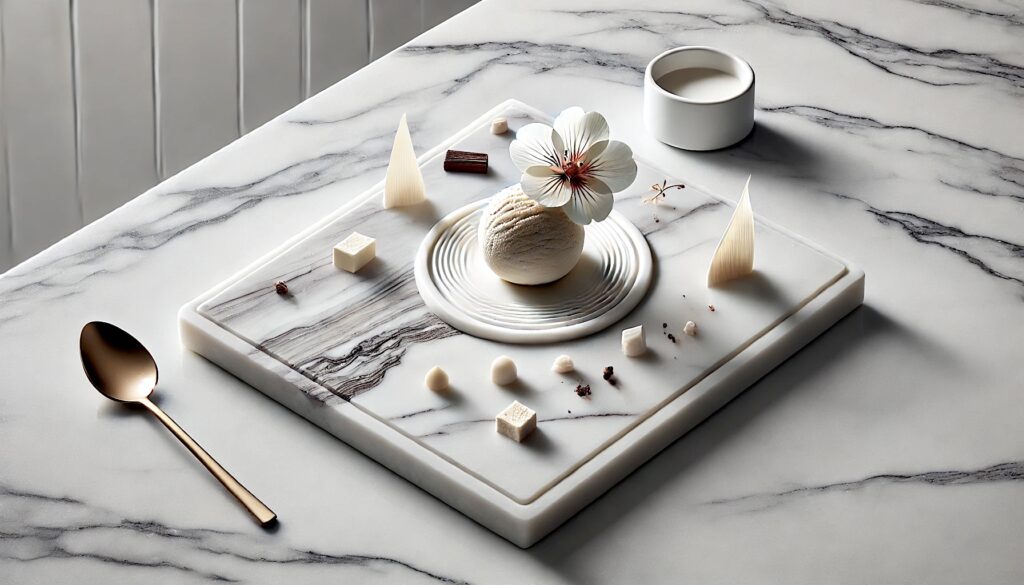
When Marble Becomes... Sweet and Edible!
The line between culinary art and sculpture is becoming increasingly blurred. Marble inspires pastry chefs to create designer cakes and pastries, taking the concept of "edible marble" to a whole new level.
For instance, London-based designer Kia Utzon-Frank of KUF Studios creates Marble Cakes, sculptural cakes that look like polished marble blocks with veining so realistic you might doubt they're actually edible. Utzon-Frank uses a fondant printing technique that faithfully reproduces marble patterns on the surface of the cakes. The result is a work of art that challenges perception: is it a dessert or a sculpture? It's a game of illusions that every designer will appreciate, where the beauty of marble is reinterpreted in a completely unexpected form. Utzon-Frank's technique isn't limited to traditional cakes. She has experimented with different shapes and sizes, creating mini "marble" edible sculptures that can be used as decorations for elegant tables or as edible centerpieces for gala events. Imagine a table set with these creations: your guests might think they're in an art gallery rather than at a dinner!
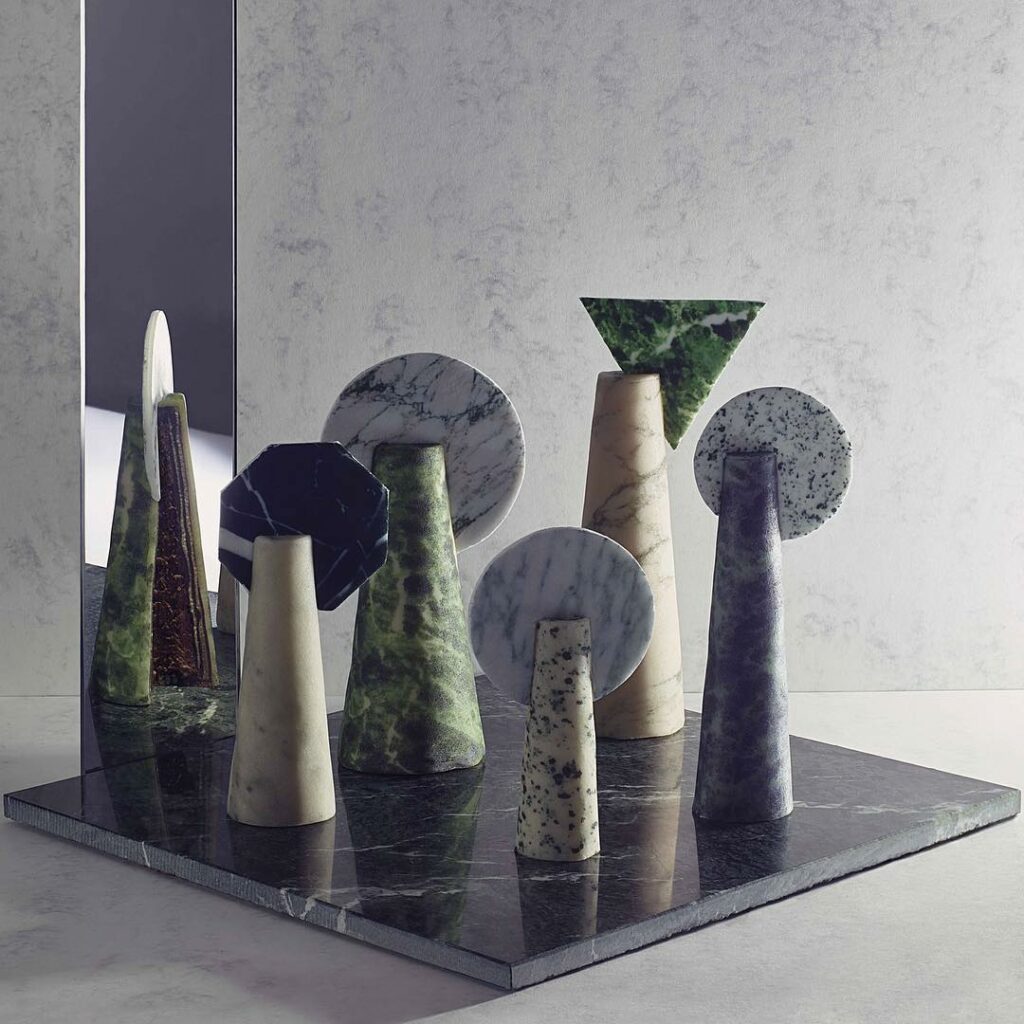
For chocolate lovers, Kia Utzon-Frank has also created incredible chocolate tilesthat faithfully reproduce the appearance of Venetian terrazzo. They're so realistic you might be tempted to use them to tile your bathroom instead of eating them! These creations aren't just beautiful to look at; they also offer a unique tasting experience. The different "stones" in the terrazzo are actually different types of chocolate or inclusions like nuts or caramel, creating a play of flavors and textures with every bite.
Marina Machado's creations are another brilliant example of this trend. Her cakesdon't try to imitate polished and smooth marble, but rather draw inspiration from the raw, natural look of marble freshly extracted from the quarry. The result is desserts that look like real sculptures, celebrating the imperfect beauty of raw stone.
In Paris, Chef Julien Alvarez at Le Bristol created the "Marble Cake". This cake not only looks like Statuario marble on the outside, but it's also marbled on the inside, offering a true "marble" experience in every bite. Alvarez uses a complex layering technique to create the marble effect inside the cake, skillfully combining batters of different colors and consistencies. The result is a dessert that's as much a pleasure for the eyes as it is for the palate. And here you can even find the recipe.
If you prefer something more "homemade", you could try making the famous marbled eggs. With a simple coloring technique, you can transform ordinary hard-boiled eggs into small works of art that look carved from marble. An unexpected touch of elegance for a chic picnic or an impressive appetizer!
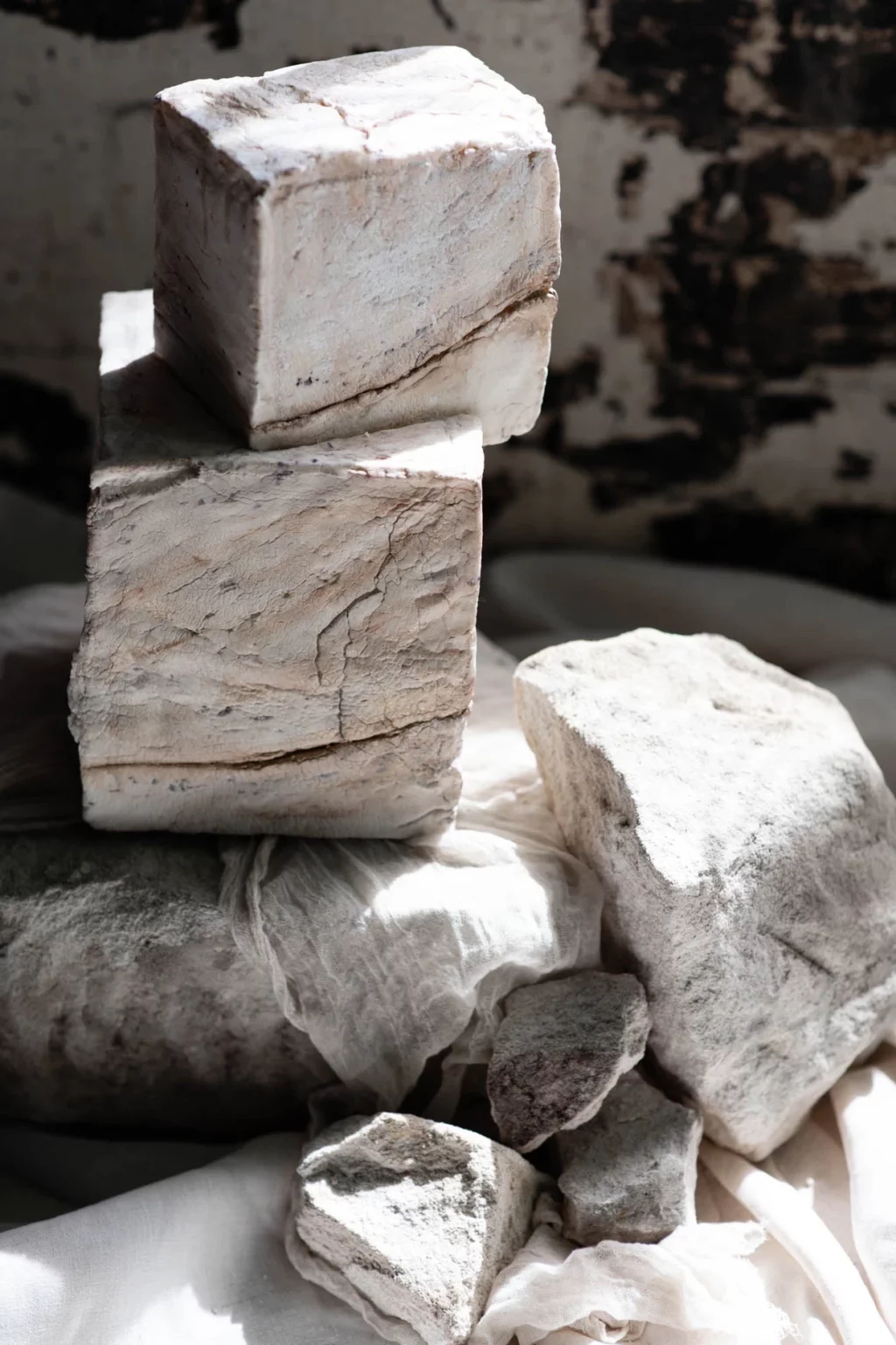
For gelato lovers, there's the "Marmo di Carraia" from La Carraia Gelateria in Florence. This panna cotta gelato, swirled with chocolate wafers, not only is delicious but also plays on the assonance between "Carrara marble" and the gelateria's name. A fun and tasty way to bring marble to the table!
And if you want to go further, why not try marble yogurt popsicles? These yogurt popsicles faithfully reproduce marble veining, offering a refreshing and surprising dessert at the same time. Depending on the ingredients used, you can recreate the look of different types of marble, from elegant Statuario to more colorful and complex varieties. It's like tasting a marble sample collection… literally!
The beauty of these "marble" creations lies in their versatility. They can be adapted to any occasion, from an afternoon snack to a luxury wedding dessert. And for the more creative, why not host a marble-themed evening, where each course somehow echoes this noble material?
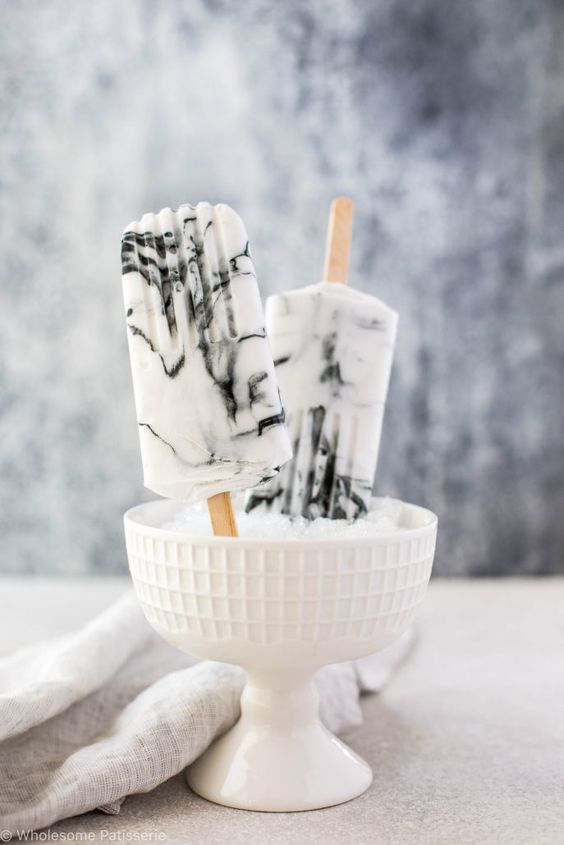
Marble Curiosities
To conclude this journey into the world of "edible marble", here are some curiosities to amaze your guests during your next dinner:
- Have you heard of Chef Enrico Marmo? He recently earned a Michelin star for his restaurant Balzi Rossi in Ventimiglia, Italy. In this case, we're talking about marble related to cuisine, but only as a surname. It's a fun play on words, as "marmo" is the Italian word for "marble". Chef Marmo's name perfectly aligns with our marble-themed culinary journey, even though it's just a coincidence!
- In 2020, Marmi Vrech collaborated with seven renowned local chefs from Friuli Venezia Giulia for a project called "Metamorphosis - The Contamination Path". The idea? Pairing fine marbles with gourmet dishes, creating a visual dialogue between the beauty of stone and culinary art. This project produced a series of breathtaking photographs showing how the colors and textures of marbles can inspire unique culinary creations.
- Some chefs are experimenting with cooking on marble, using heated marble slabs to gently cook fish and meat, a technique reminiscent of using soapstone but with an extra touch of elegance. This technique not only offers a unique cooking method but also creates a fascinating visual experience for diners, who can watch their food slowly cook on a beautiful marble slab.
Marble, in short, is experiencing a true culinary renaissance. From being the preferred material for countertops and cladding, it's transforming into a source of creative inspiration for chefs and cooking enthusiasts worldwide.
So, dear designers and food lovers, the next time you find yourself in front of a block of marble, let your culinary imagination run wild! You might discover that your next gastronomic masterpiece is hidden in the veins of this age-old stone.
Bon appétit and... happy marbling to all!
